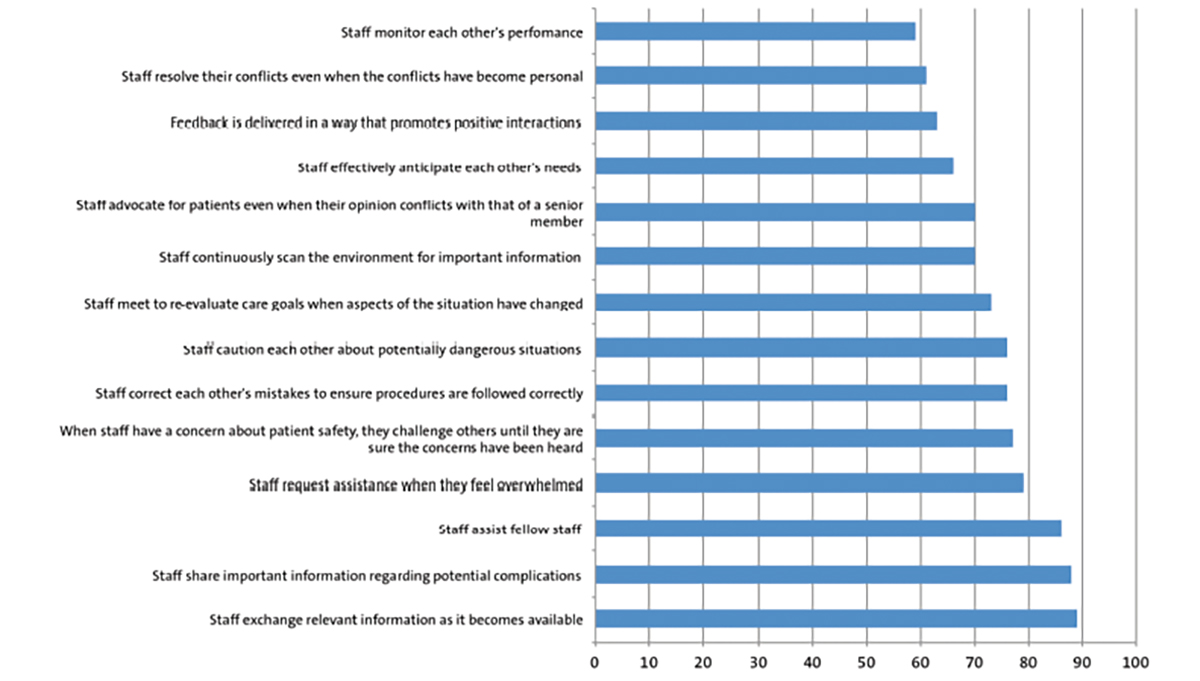Balancing arrhythmia and hypertension control while avoiding fluid overload in a neonate with hypertrophic heart disease and hyperinsulinism
Managing arrhythmias and hypertension in neonates with structural abnormalities and metabolic disorders is a significant clinical challenge. This case report illustrates the complex intersection of arrhythmogenic events, structural abnormalities and metabolic instability due to congenital hyperinsulinism in a neonate.
Dr Femi AdeniyiConsultant Neonatologist
femi.adeniyi@nhs.net
Dr Youstina Dawood
Paediatric Registrar
Arrowe Park Hospital, Wirral University Teaching Hospital NHS Foundation Trust
Adeniyi F., Dawood Y. Balancing arrhythmia and hypertension control while avoiding fluid overload in a neonate with hypertrophic heart disease and congenital hyperinsulinism. Infant 2025; 21(4): 110-11.
Please subscribe and log in to see the full article.
- Managing arrhythmias and hypertension in infants with structural abnormalities is a delicate process.
- Collaborative team management within a tertiary neonatal intensive care setting is essential.
Also published in Infant:


